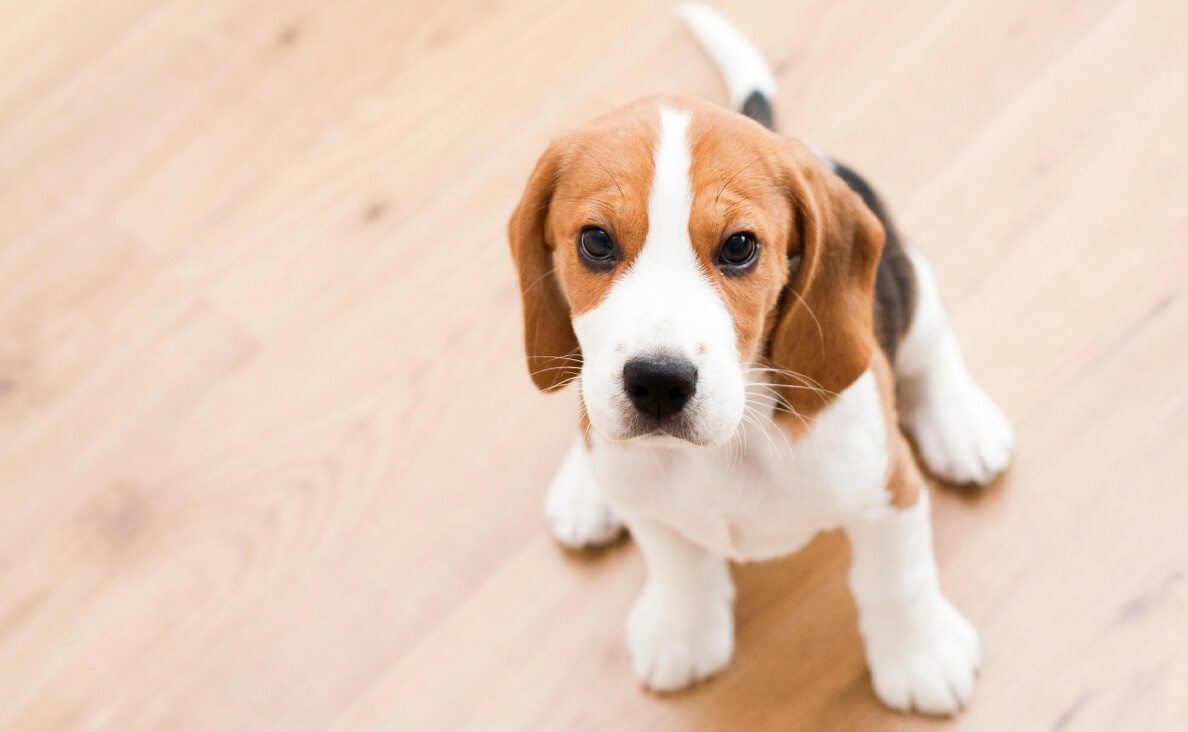
Bringing home a new puppy is an exciting milestone, but it also comes with a lot of responsibility. One of the most important steps you can take to ensure your puppy grows into a well-adjusted, happy adult dog is to establish a routine for your new puppy. This routine not only helps your puppy understand what to expect but also fosters a strong bond between you and your furry companion. In this guide, we’ll show you how to create and stick to a routine that works for you and your new puppy.
Related: New Puppy Checklist: Supplies You Need When Bringing a Puppy Home
Why Routines Are Essential for Puppies
Routines are essential for puppies because they thrive on predictability. A structured daily schedule provides your puppy with a sense of security, making it easier for them to adapt to their new environment. Puppies, like children, can feel anxious when they don’t know what’s coming next. Establishing a routine for your new puppy helps alleviate this anxiety and sets the foundation for successful training.
Moreover, a routine is crucial for addressing your puppy’s physical, mental, and emotional needs. It ensures they’re eating, sleeping, and exercising enough while also making time for essential training sessions. A well-structured routine can even prevent common behavioral issues like chewing, barking, and accidents in the house.
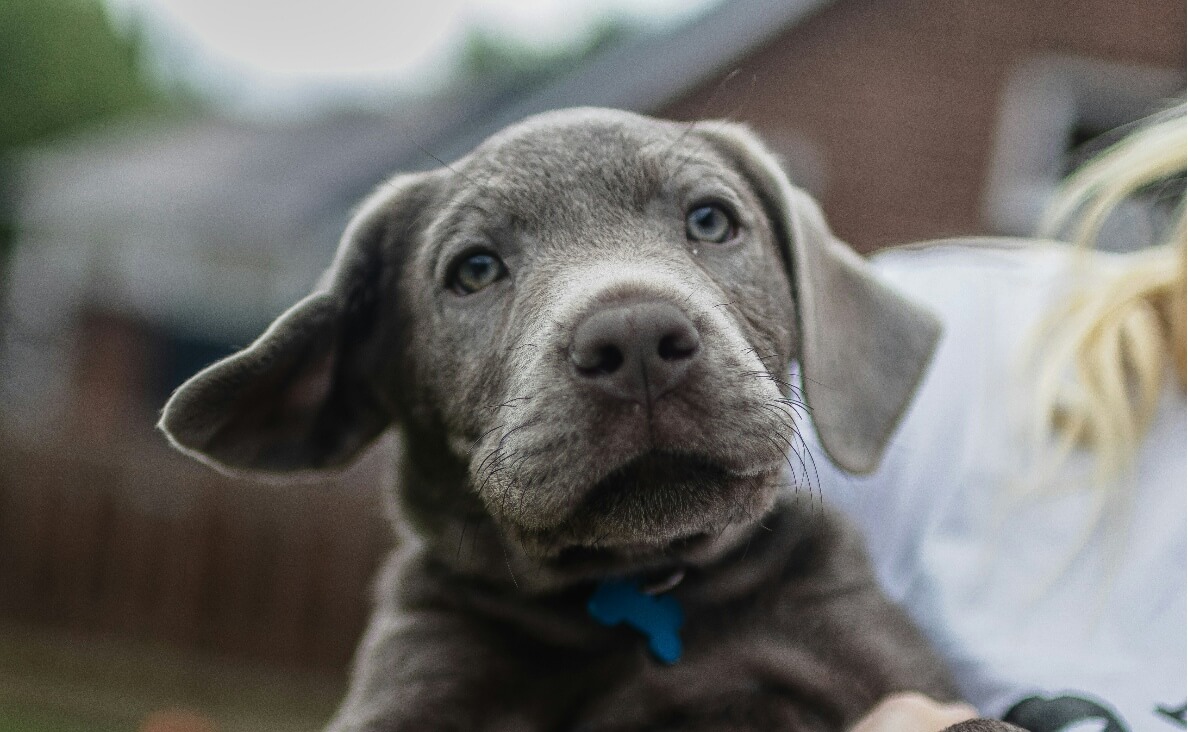
Key Components of a Puppy’s Routine
When you establish a routine for your new puppy, you’ll want to focus on these key areas:
Eating Schedule
Puppies need to eat multiple times a day depending on their age. Establishing set meal times helps regulate their digestion and prevents overeating. Feed your puppy at the same times each day, and always ensure fresh water is available.
Sleeping Schedule
Puppies sleep a lot—up to 18-20 hours a day for younger pups. Create a comfortable sleeping area and establish quiet times so your puppy can rest without interruptions. A consistent bedtime and wake-up time will help them feel secure.
Potty Training Routine
Potty training is one of the most critical parts of a puppy’s routine. Take your puppy out first thing in the morning, after meals, and before bedtime. Praise them when they potty outside to reinforce their behavior.
Exercise and Play
Puppies are full of energy and need regular exercise to stay healthy. Schedule walks, playtime, and activities like fetch or tug-of-war at consistent times each day. A flirt pole is another great game to play with your puppy. This will tire them out, making them more likely to sleep soundly at night.
Related: 10 Fun Games to Play With Your Dog to Prevent Boredom
Training Sessions
Short, focused training sessions should be part of your daily routine. Use these sessions to teach basic commands like sit, stay, and come. Aim for 5-10 minutes at a time to keep your puppy engaged.
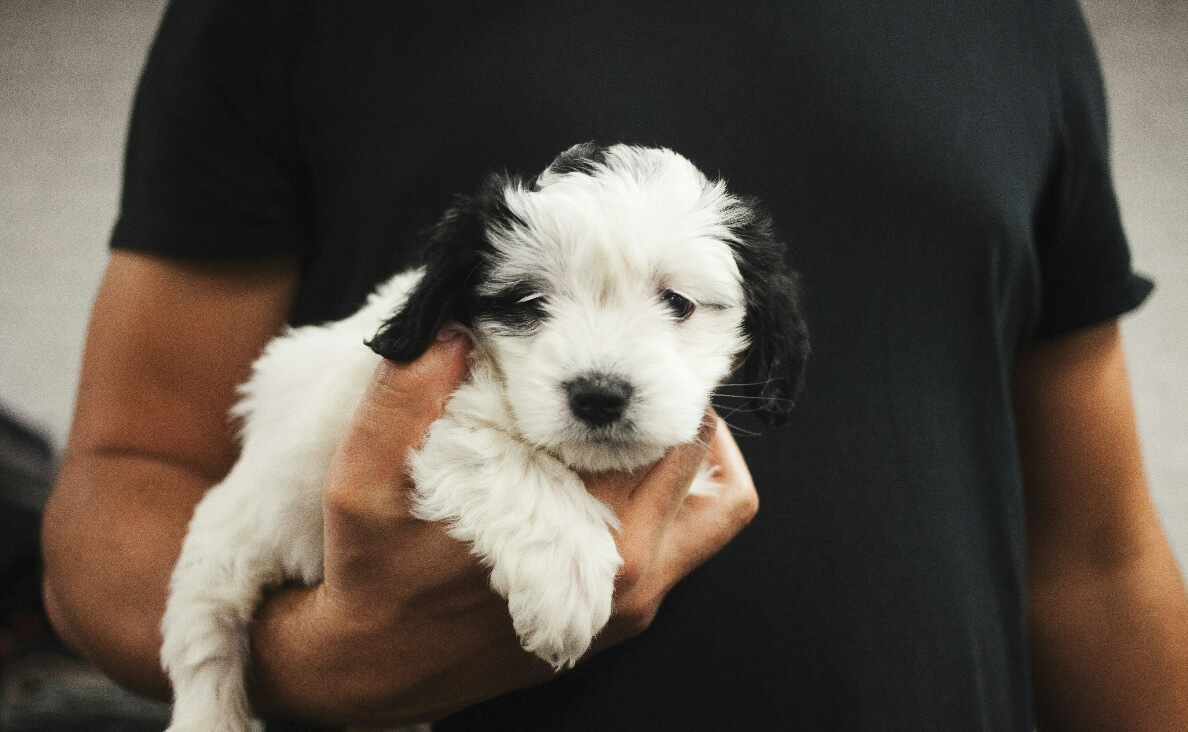
How to Establish a Routine for Your New Puppy
Step 1: Start with a Simple Plan
When you first bring your puppy home, start with a straightforward routine. Include basic elements like feeding, potty breaks, and bedtime. This initial structure will help your puppy adjust to their new home.
Step 2: Be Consistent
Consistency is key when you establish a routine for your new puppy. Stick to the same times for meals, potty breaks, and play sessions each day. Puppies learn through repetition, so predictable schedules will help them quickly understand what’s expected of them.
Step 3: Gradually Add More Elements
Once your puppy has adjusted to the basics, you can begin to incorporate other activities like grooming, crate training, and socialization. Introducing new elements slowly ensures your puppy isn’t overwhelmed.
Step 4: Adapt Based on Age and Needs
Your puppy’s routine will evolve as they grow. Younger puppies require more frequent potty breaks and naps, while older puppies can handle longer play sessions and training exercises. Pay attention to your puppy’s energy levels and adjust the routine accordingly.
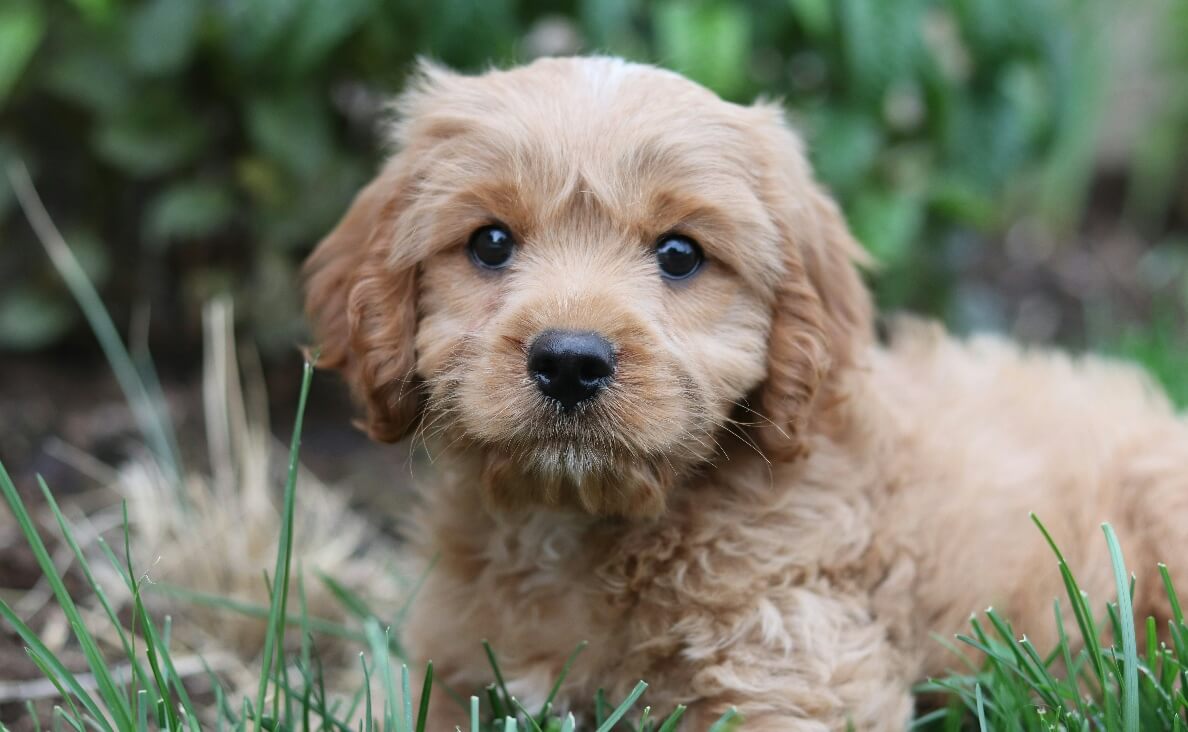
Tips for Sticking to the Routine
Handling Disruptions
Life happens, and your routine might occasionally be disrupted by events like vacations or work changes. When this happens, try to maintain the core elements of your puppy’s routine—feeding, potty breaks, and sleep times.
Involve the Whole Family
If you have family members or roommates, make sure everyone is on the same page about the puppy’s schedule. This consistency will help your puppy feel secure and prevent confusion.
Use Helpful Tools
Alarms, smartphone apps, or even a written schedule can help you stay on track. Consider using tools that remind you of important tasks like feeding and potty breaks.
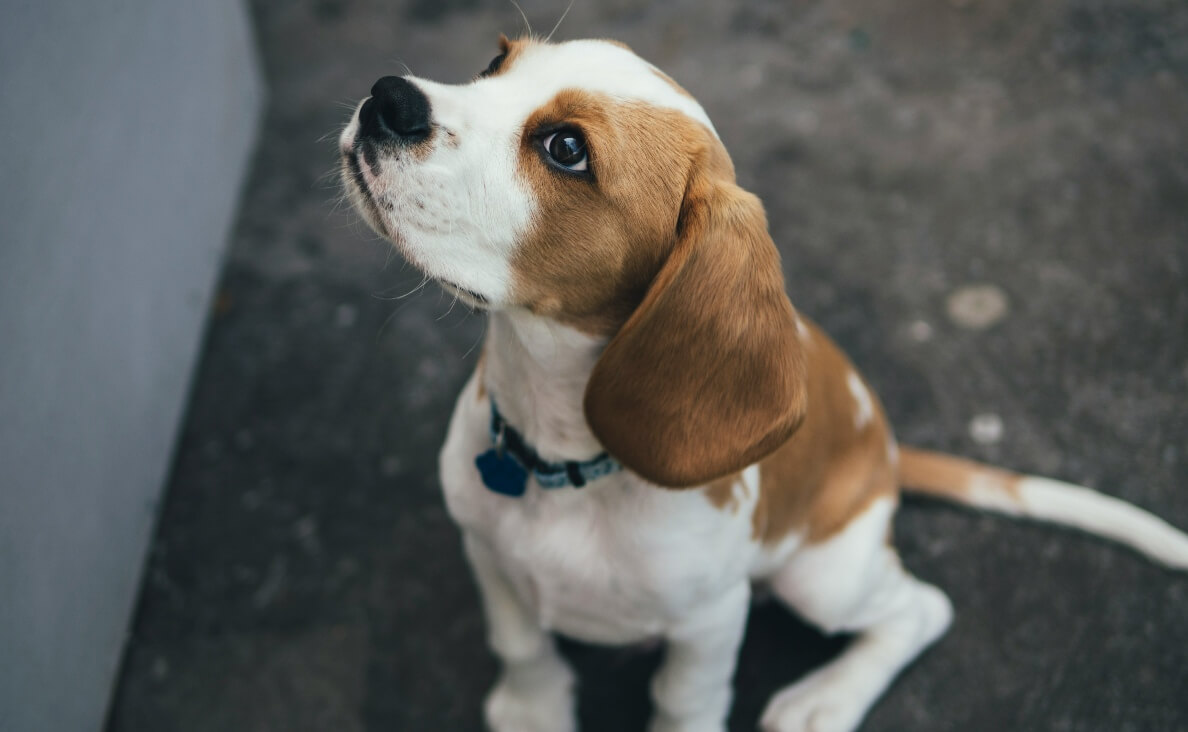
Adjusting the Routine as Your Puppy Grows
As your puppy matures, their needs will change, and so should their routine. For example:
– Feeding: Transition from multiple meals a day to two meals as your puppy approaches adulthood.
– Sleep: Older puppies will need less sleep during the day but still benefit from a set bedtime.
– Exercise: Increase the length and intensity of play sessions to match your dog’s growing stamina.
– Training: Focus on advanced commands and socialization as your puppy becomes more comfortable with the basics.
Regularly reevaluate your puppy’s routine to ensure it continues to meet their developmental needs.
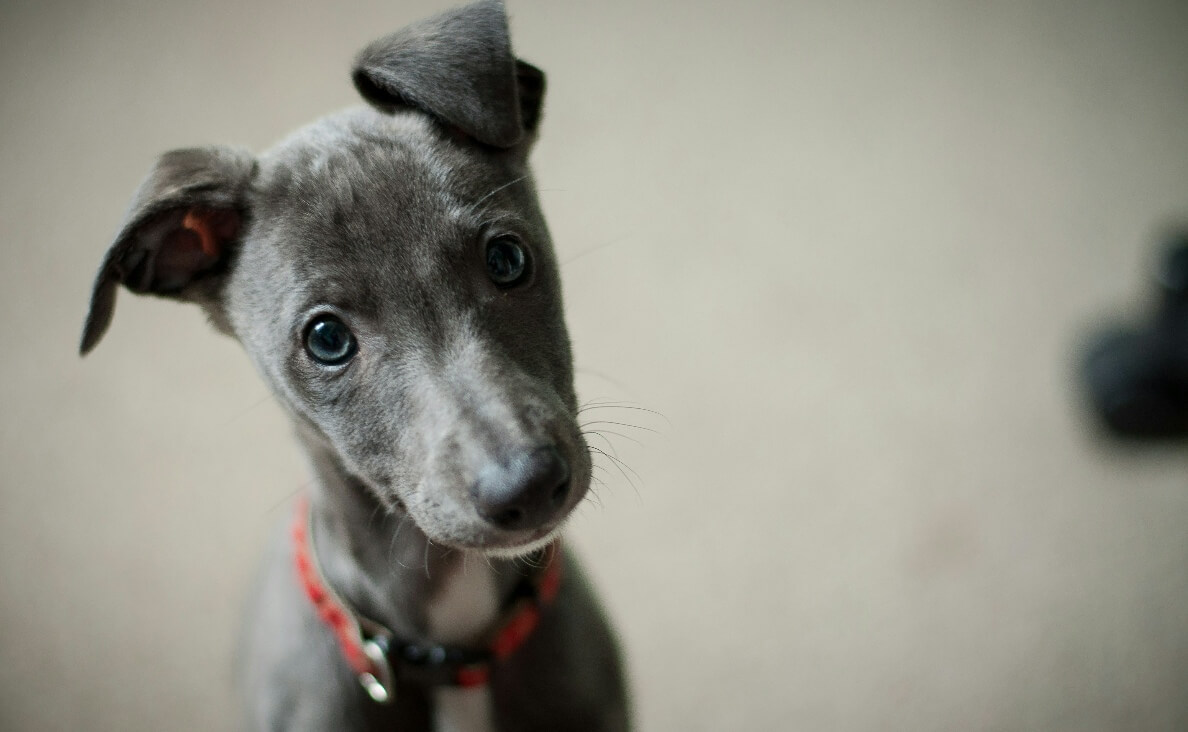
Final Thoughts
Establishing a routine for your new puppy is one of the best ways to set them up for a happy and healthy life. A predictable schedule provides your puppy with stability, reduces stress, and makes training more effective. By focusing on key components like feeding, potty training, and exercise, you’ll create a daily structure that meets your puppy’s needs.
Remember, patience and consistency are essential as your puppy adjusts to their new routine. With time, you’ll find that sticking to a schedule not only benefits your puppy but also strengthens the bond you share.
What part of your puppy’s routine has been the most challenging for you? Share your experience in the comments below—we’d love to hear your tips and tricks!

 5 Tips to Fix Your Puppy Potty Training Problems
5 Tips to Fix Your Puppy Potty Training Problems The Biggest Mistake New Puppy Owners Make
The Biggest Mistake New Puppy Owners Make Top Dog Names of 2018
Top Dog Names of 2018 My Older Dog Doesn’t Like the New Puppy! What Should I Do?
My Older Dog Doesn’t Like the New Puppy! What Should I Do? 5 Things You Can Easily Forget When Training Your Dog
5 Things You Can Easily Forget When Training Your Dog






Leave a Reply